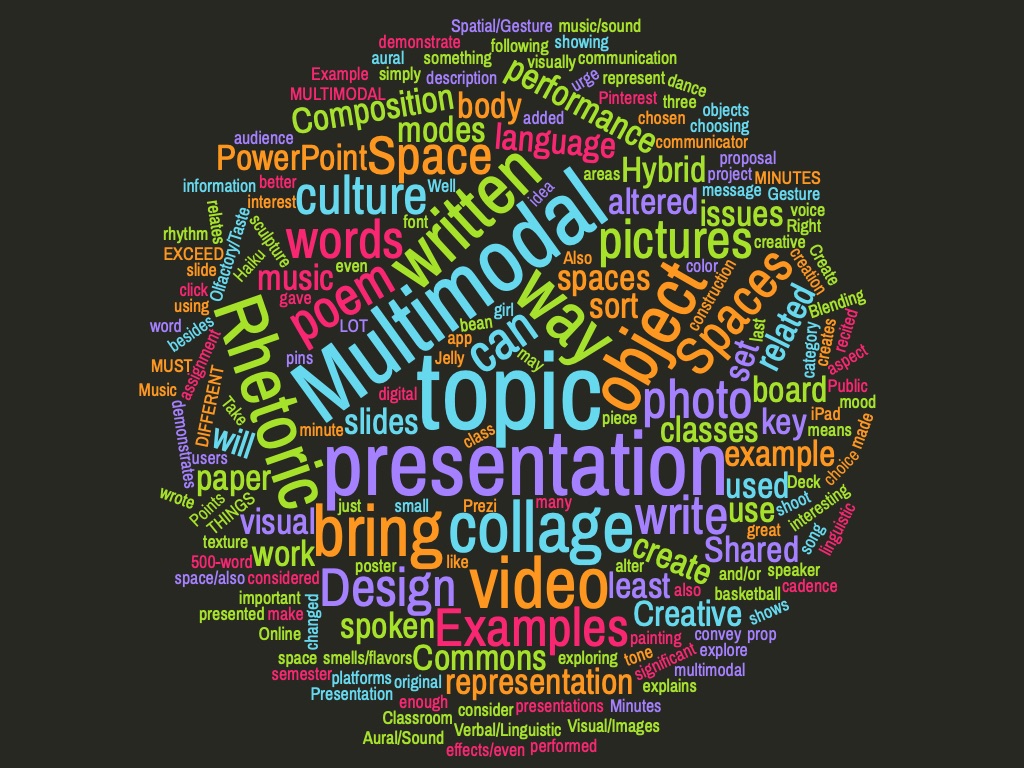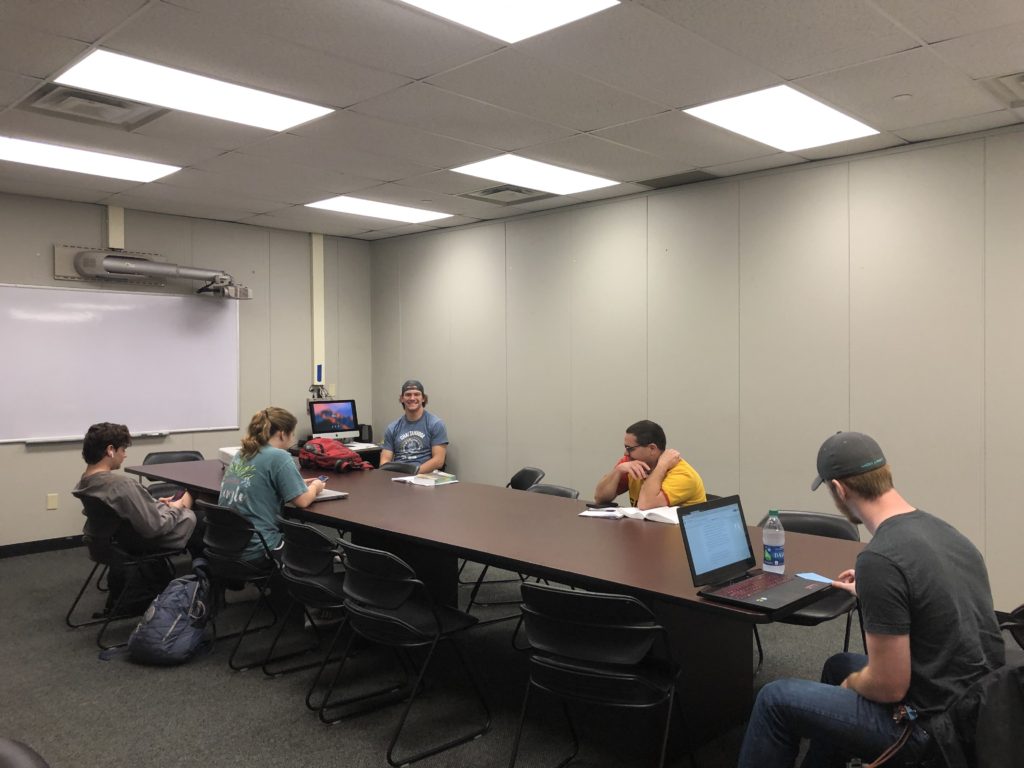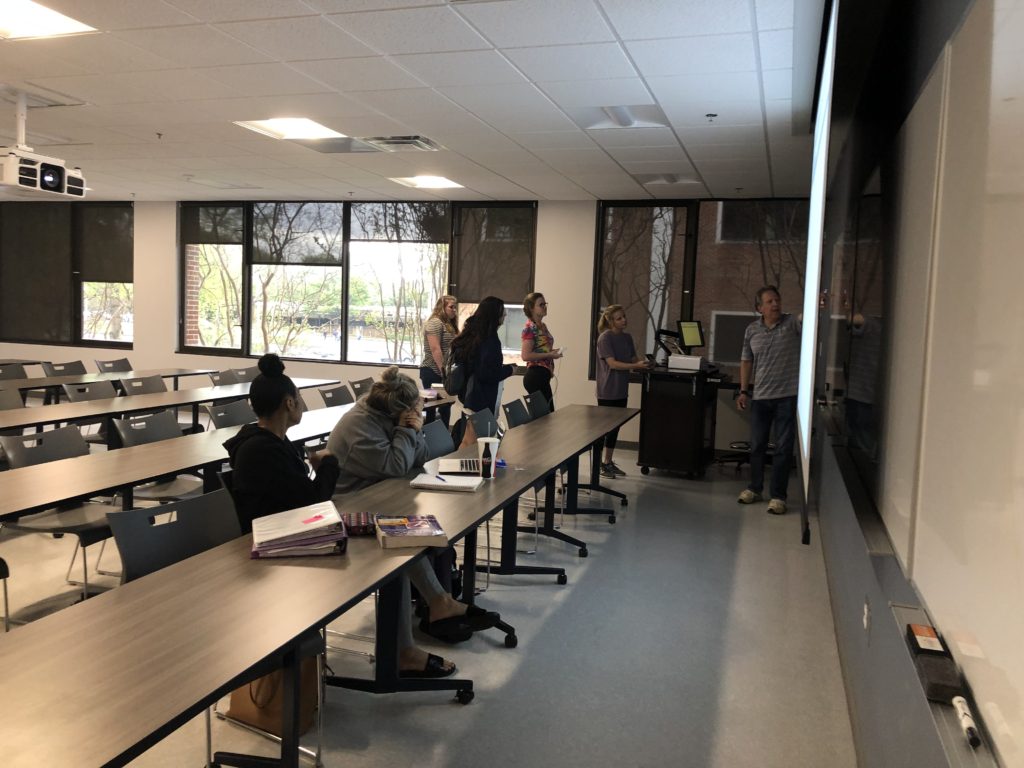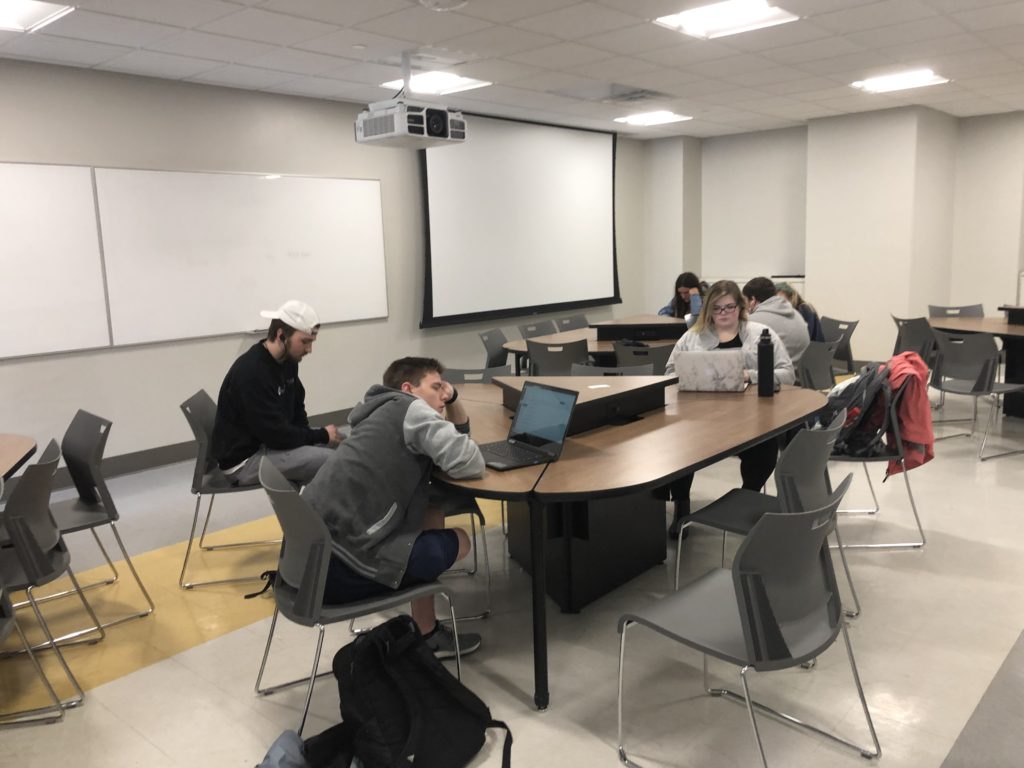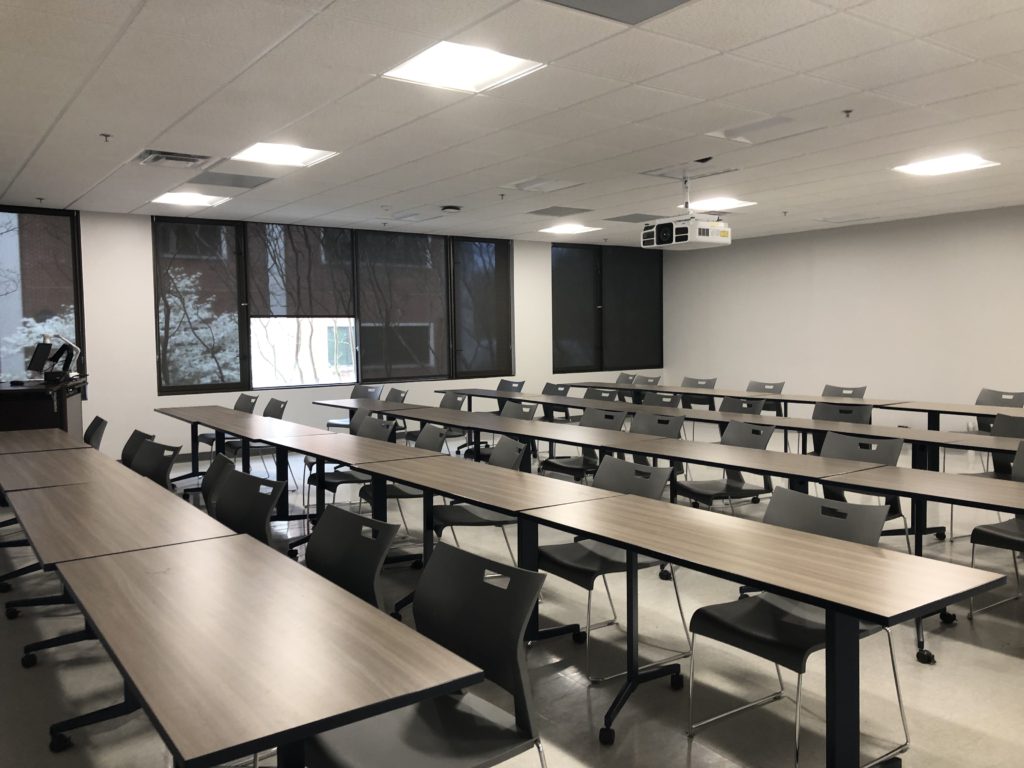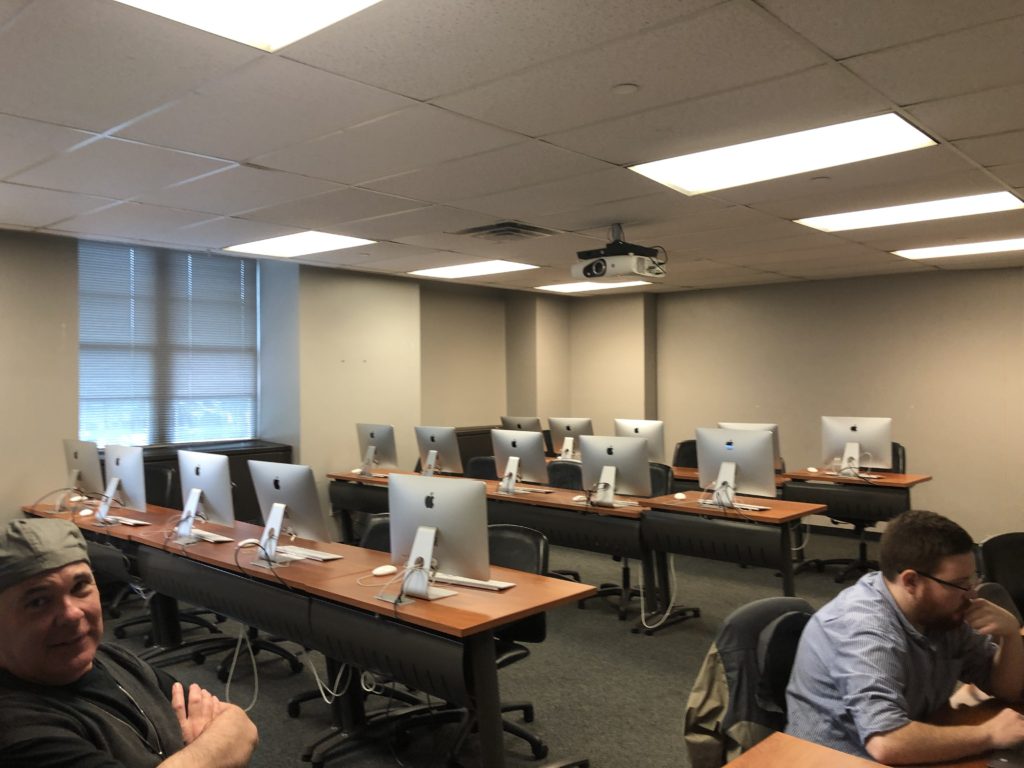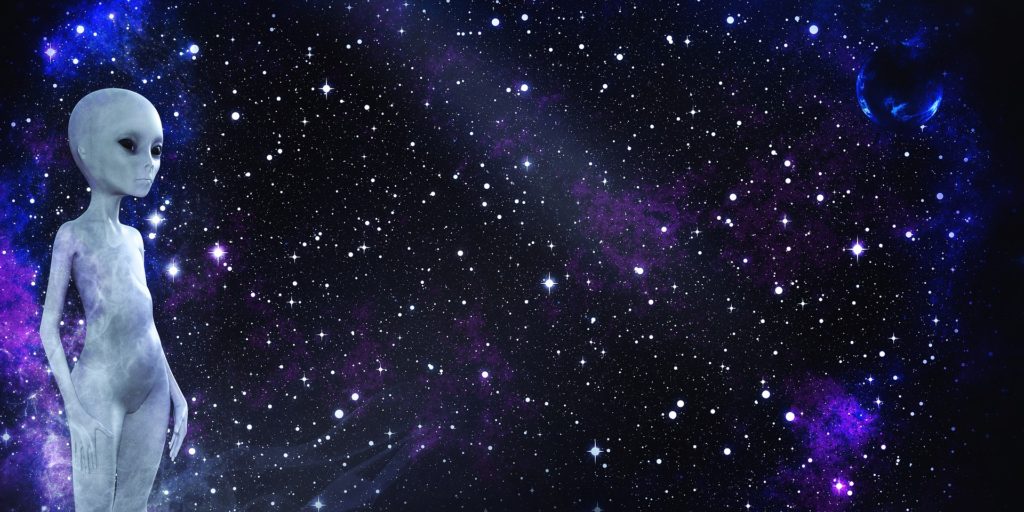
ReSEARCH Dialogues @ UTC April 10th, 2019
I admit, I was in a kind of Sci-Fi mood when I wrote the title for this year’s Research Dialogues presentation, so maybe I did have space alien hybrids on my mind when I was thinking about “Hybrids, Multimodal Compositions, and the Spaces of Composition.” But what I was really thinking about is the spaces where we teach Rhetoric and Composition in the 21st century, the rhetoric of these spaces, and how the physical and digital localities of these spaces influences the way our students interact with one another and their own texts.
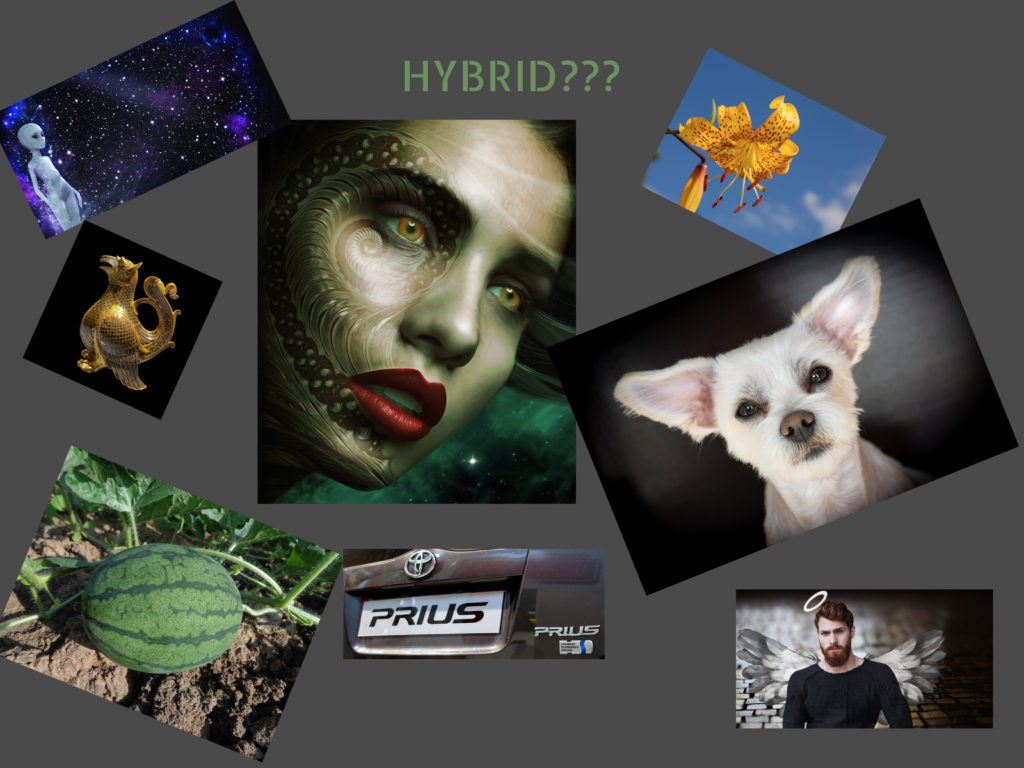
Collage Maker: Be Funky : A photo collage is an easy way to get students thinking about multimodal composition. Teaching them about the Creative Commons License, Public Domain, and the Fair Use Act gives them practical skills for academic, professional, and personal life.
Other ideas for multimodal projects include Piktoraphs, PowToons, Infographics, and Vidoes, but there’s SO MANY other ways to communicate through visuals, sound, symbols, spacial & gestural relationships, and even through taste and smell! Multimodal compositions unlock the power of the senses to persuade!
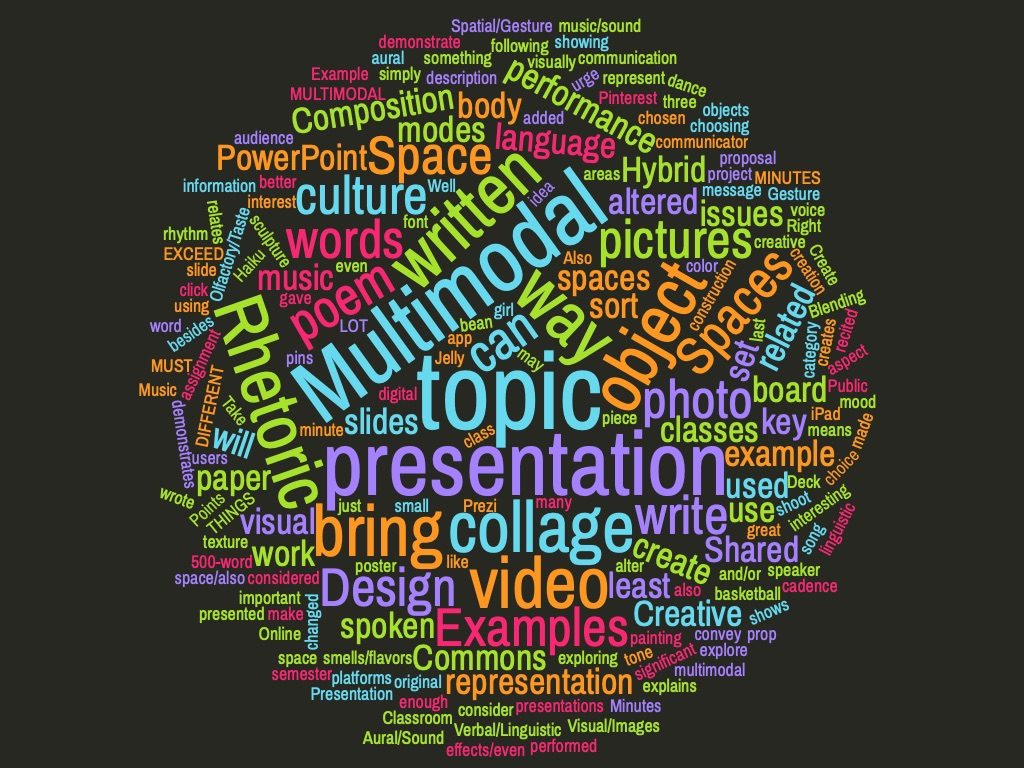
Free Online Word Cloud Creator
Each space has a different effect on the how the class is conducted and how the students interact with one another. Whether the space be in a digital or physical location, or both, as in the case with hybrid classes, rhetorical decisions are made by the participants and the environment influences the atmosphere of where and how we learn. Some environments are more suitable for delivery, some more so for content creation, whereas other spaces lend themselves more easily to workshop relationships and movement of ideas literally and figuratively. Some spaces are louder and some more isolating. And some spaces ask the users to rearrange themselves literally and sometimes figuratively. These are the “spaces of rhetoric and composition.”
